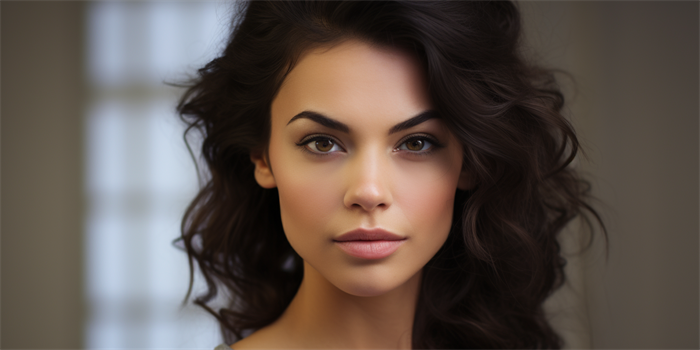Can I Eat Shrimp After Lower Facelift in Edmonton?
Undergoing a lower facelift in Edmonton is a significant decision that can enhance your facial appearance and boost your confidence. However, post-operative care is crucial to ensure the best results and a smooth recovery. One common question among patients is whether they can consume shrimp or other seafood after the procedure. This article will delve into various aspects of post-facelift dietary considerations, focusing on the safety and implications of eating shrimp.

1. Post-Operative Dietary Guidelines
Immediately following a lower facelift, your surgeon will provide specific dietary guidelines to aid in recovery. Typically, these guidelines recommend starting with a soft, easily digestible diet. Foods that are high in protein and vitamins are encouraged to promote healing. However, it is essential to avoid foods that may increase the risk of infection or complications.
2. Potential Risks of Eating Shrimp
Shrimp, like other seafood, can pose certain risks for individuals recovering from surgery. These risks include:
- Allergic Reactions: Seafood allergies are relatively common, and even a small amount of shrimp can trigger an allergic reaction. Symptoms can range from mild (e.g., itching, hives) to severe (e.g., difficulty breathing, anaphylaxis).
- Foodborne Illness: Shrimp can sometimes carry bacteria or viruses that can cause foodborne illnesses. These illnesses can complicate recovery and potentially lead to infections.
- Inflammation: Some individuals may experience inflammation or irritation from consuming shrimp, which can delay the healing process.
3. Timing of Shrimp Consumption
The timing of when you can safely consume shrimp after a lower facelift depends on several factors, including your overall health, the specifics of your surgery, and your surgeon's recommendations. Generally, it is advisable to wait at least a few weeks before introducing seafood back into your diet. This allows sufficient time for initial healing and reduces the risk of complications.
4. Consultation with Your Surgeon
Before making any decisions about your diet post-facelift, it is crucial to consult with your surgeon. They can provide personalized advice based on your individual circumstances. If you have a history of seafood allergies or any concerns about foodborne illnesses, your surgeon may recommend avoiding shrimp altogether or taking additional precautions.
5. Alternative Protein Sources
If you are advised to avoid shrimp during your recovery period, there are numerous alternative protein sources that can support healing. These include:
- Chicken: Lean chicken breast is an excellent source of protein and is easily digestible.
- Turkey: Similar to chicken, turkey is a lean protein that can aid in recovery.
- Eggs: Eggs are a versatile and nutrient-rich protein source that can be incorporated into various dishes.
- Legumes: Beans, lentils, and chickpeas are plant-based proteins that are also high in fiber and other essential nutrients.
6. Monitoring Your Recovery
Throughout your recovery period, it is important to monitor your body's response to different foods. If you notice any adverse reactions after consuming shrimp or other seafood, contact your surgeon immediately. Early intervention can help prevent complications and ensure a smoother recovery.
FAQ
Q: How long should I wait to eat shrimp after a lower facelift?
A: It is generally recommended to wait at least a few weeks before introducing shrimp back into your diet. However, always consult with your surgeon for personalized advice.
Q: Can I eat other seafood besides shrimp after a facelift?
A: The same considerations for shrimp apply to other seafood. It is best to discuss with your surgeon which types of seafood are safe for you to consume during your recovery period.
Q: What are the signs of an allergic reaction to shrimp?
A: Signs of an allergic reaction can include itching, hives, swelling, difficulty breathing, and in severe cases, anaphylaxis. If you experience any of these symptoms after eating shrimp, seek medical attention immediately.
Q: Are there any specific seafood that are safer to eat after a facelift?
A: Some individuals may tolerate certain types of seafood better than others. However, it is essential to consult with your surgeon and consider any personal allergies or dietary sensitivities before consuming seafood.
In conclusion, while shrimp can be a nutritious part of a balanced diet, it is important to exercise caution when consuming it after a lower facelift in Edmonton. Following your surgeon's guidelines and monitoring your body's response to different foods will help ensure a successful recovery and optimal results.





